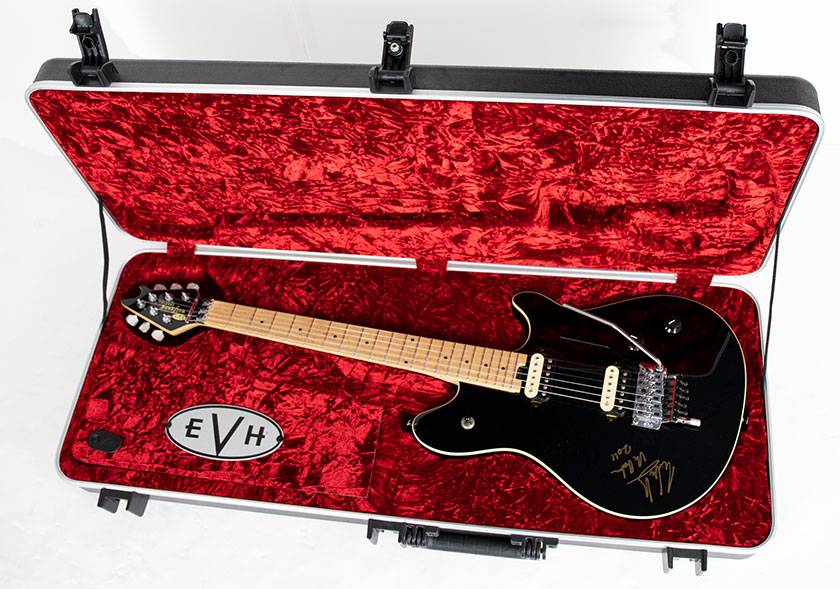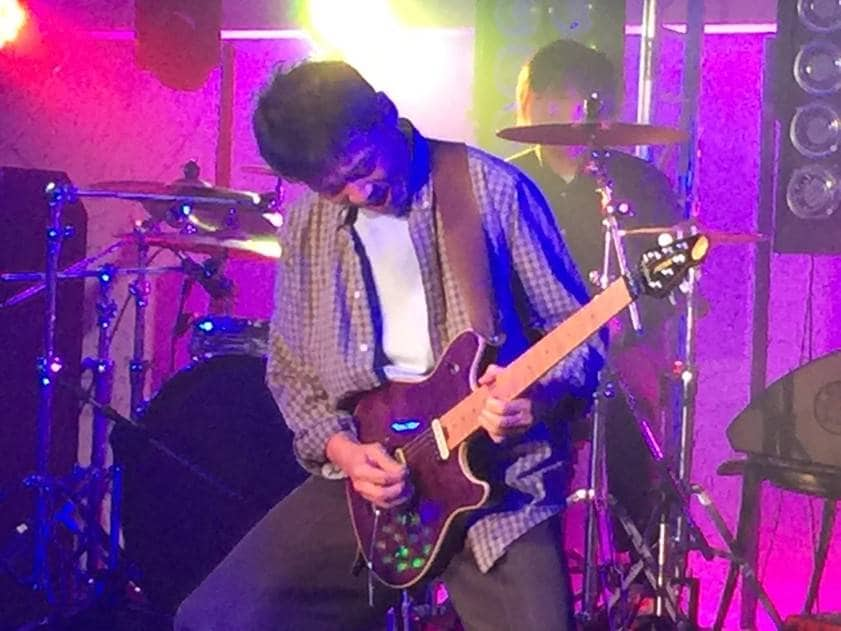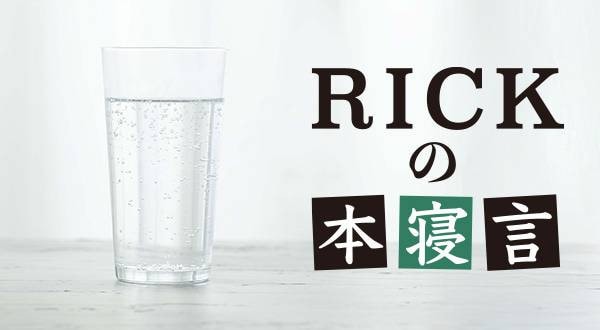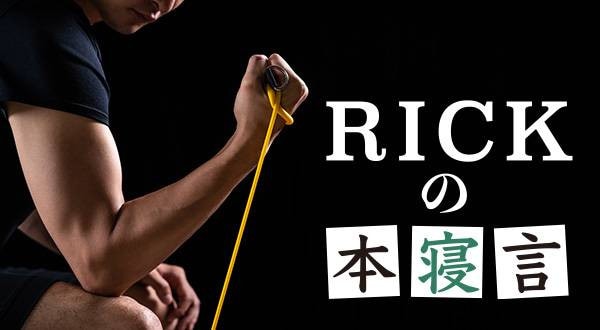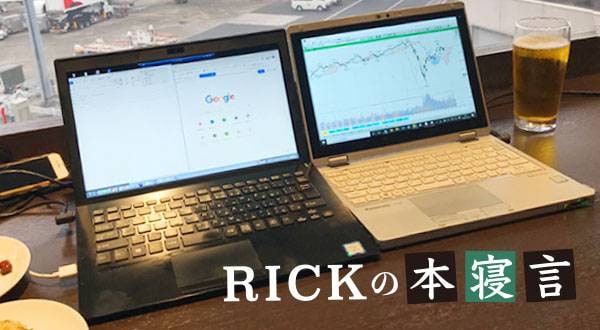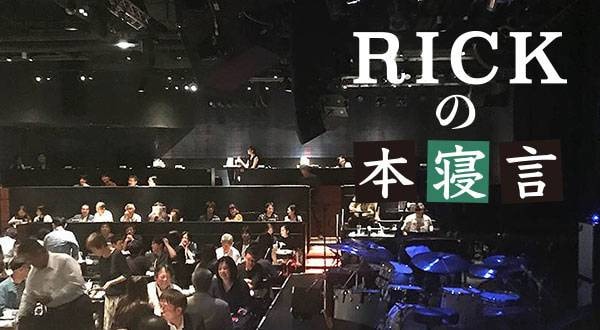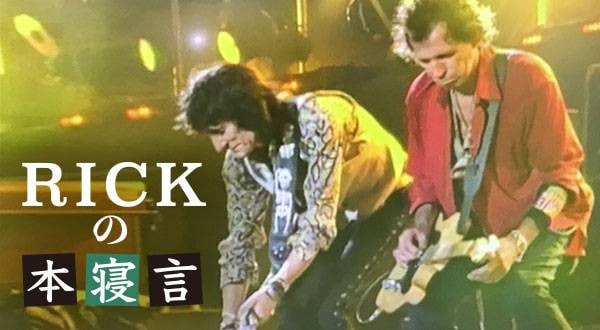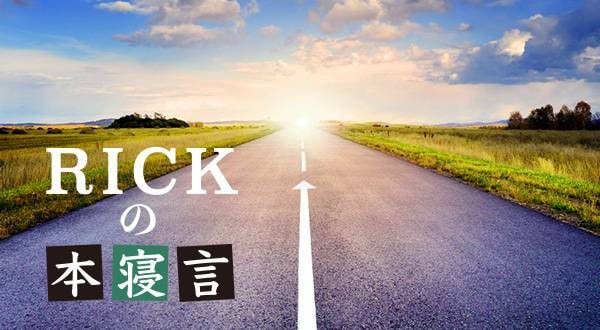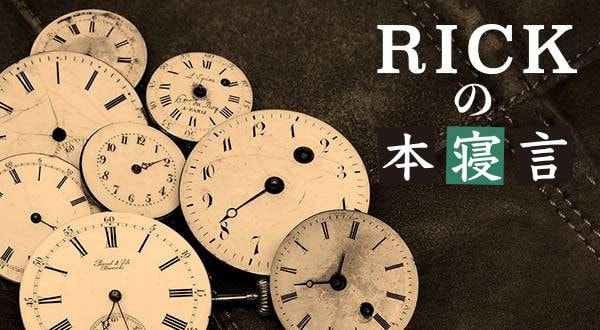
It's no exaggeration to say that the history of Sound House is connected to Eddie Van Halen. I can't contain my sadness at Eddie's passing at the young age of 65. It has been said that the transcendent guitar solo in the late Michael Jackson's hit song "Beat it" is a prime example of the many outstanding performances by Eddie Van Halen, who is always named along with Jimi Hendrix as one of the great guitarists that changed the history of the rock guitar world. In honor of Eddie's amazing achievements, I once again looked back on my encounter with Eddie and his connection with Sound House. I think the first time I saw Eddie live was at Pasadena High School in 1975. I don't remember exactly how I ended up going to the legendary Pasadena live show. However, I was in there with many other young people lined up in front of the stage, listening to his performance. At that time, I witnessed his guitar technique and it was truly amazing. Walking around the stage and playing brilliantly with a happy smile across his face was proof that Eddie was a first-class professional guitarist. What's more, the phrases he played were full of unique melodies that were a bit different from the pentatonic scales that I was used to, and even through the fast phrases, the rhythm was solid, and he was picking perfectly. I was captivated by Eddie from the start, and after that, every time Van Halen performed a concert in the Los Angeles area, I went to see them.
At the time, I was in grade twelve studying in the United States, but I also devoted much of my time to practicing the guitar. Immediately after graduating from junior high school in Japan, I went to the United States under the pretext of studying tennis abroad, but after a frustrating first year, my goal changed to becoming a rock guitarist. Even after graduating from high school and enrolling at USC (University of Southern California), my dream of becoming a rock star never dissipated. That's why, while studying business, I also a member of the USC Studio Guitar Department and practiced while taking guitar lessons. And I was looking forward to the weekends when I could see all the rock concerts of famous bands in the LA area. The result was, I saw all of the famous bands from the 70's in concert, except for the Rolling Stones. Still, my favorite band was Van Halen. Needless to say, Eddie has become the No. 1 hero for me as a rock lover.
One day, when I was wandering around at Guitar Center, a well-known musical instrument store in Hollywood, someone in the store suddenly started playing the guitar with a roaring sound. I quickly realized that the unique riff being played could only be played by Eddie. Looking back, sure enough, there was Eddie bent over a guitar, playing with a smile as usual! Being able to play with a roaring sound even in a music store without getting distracted was truly a great skill unique to Eddie, and I was more than impressed. Van Halen (the band) was known to have been practicing in a small shack in Pasadena at the time. And I wanted to meet them and talk to them once, so I even visited the practice shack. Unfortunately, I wasn't able to meet them at that time.
Van Halen continued to perform gigs at clubs in the LA area until just before their major debut with Warner Brothers in 1978. At that time, disco was at its peak, and the night life of the city was dominated by crowded dance clubs. Among the clubs, a big one called Starwood in Hollywood drew a large number of customers every day. Adjacent to the dance floor was a large stage for concerts, and Van Halen also occasionally performed there. Standing right in front of the stage, which stood only about a meter in height, you could see Eddie playing the guitar up close, and the excitement of this cannot be expressed in words.
One time, on the big Starwood stage, Eddie unleashed an early version of Eruption for the first time. Like a bolt of lightning from a blue sky, to be honest, I was flabbergasted. At that time, the tapping technique of hammering the strings with the right hand while holding a pick was not widespread, so everyone was surprised at the novel playing technique. Also, Eddie's guitar was a self-built work. A Charvel neck attached to a Strat body, and a rewound humbucker mounted in the rear pickup position. And it had a unique jagged striped design. The amp was a modified Marshall, and the echo he used was a Roland RE-201. And the pedal configuration included an MXR Flanger, a Distortion+, a phase machine and so on. It's exciting just to think of the explosive sounds from a combination of such analog devices. I was more and more fascinated by Eddie just by looking at his equipment. The concert at Starwood just before their major debut was truly enthusiastic. Standing Room Only, the audience was waiting for the show to start, and suddenly the roaring performance began, and the audience was intoxicated. The performance on this stage, which was their last show at a club, was overwhelming. A few months later, Van Halen made their debut.
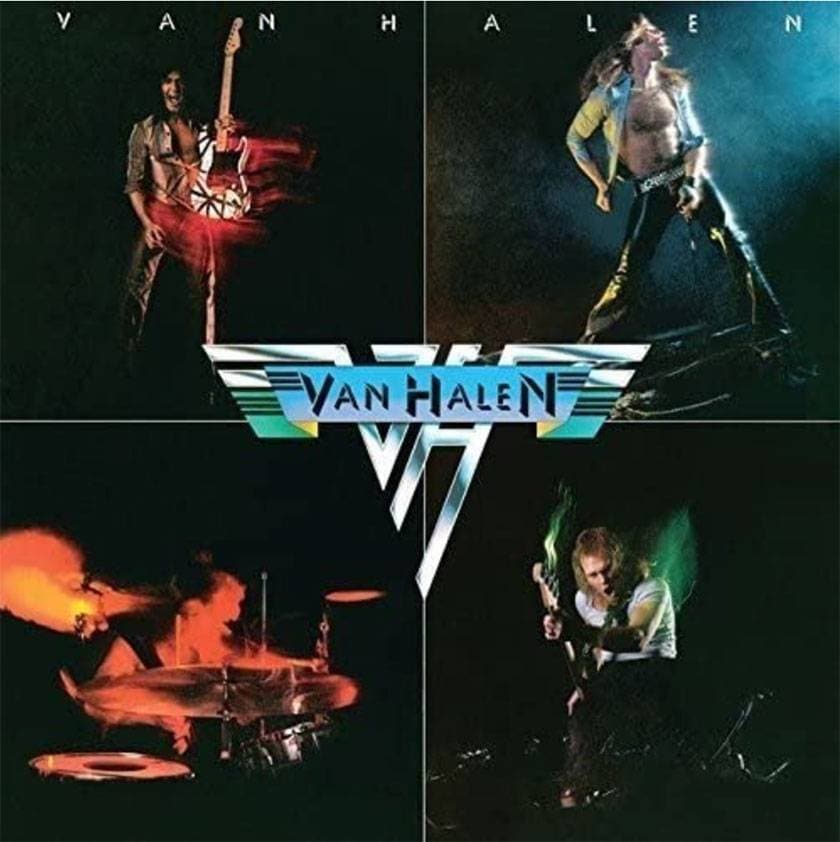
VAN HALEN debut album "Van Halen"
But the debut album didn't include my favorite song, Tattoo’s Lady. It seems the record label received many complaints from fans who had expected all songs would be originals. This is because an oldie's song, You Really Got Me, was unexpectedly included on the album, was not a Van Halen original, and yet it was released as the debut song for the album. There are pros and cons to this, and it is said that Eddie initially was against this. However, because the record label's intention was to play it safe with the band's debut, they ended up in an unusual situation where the band's debut song was not an original. After their major debut, Van Halen mass-produced hit songs, became world-famous, and eventually the debut issue became a part of their distant past. There are at least three reasons why Eddie's guitar technique is so good. First of all, Eddie was not so big, but his fingers were very long. On the high frets, he could use all five fingers straddling 7-8 frets, using pull-on and pull-off techniques to play fast. Not only did have long fingers, but he also had the needed strength and knack to use these techniques, so we haven't really seen many guitarists who can achieve this style of play. Also, being a guitar enthusiast practicing guitar everywhere, in the bathroom or wherever, was an important factor in making him a great player. Eddie was a hard worker who kept playing until he got it perfect, aloowing him to become one of the most famous players in guitar history. And above all, his love of music and his creativity contributed to his unique play style. Not only commiting to a unique sound by making his own guitar and amp, but also sticking to playing methods, from harmonic playing to tapping, pulling on/off across frets, an so on, he pioneered playing methods that created his own style. Eddie Van Halen, a great guitarist that everyone longed to be like, gradually disappeared from the rock world after the 1980s.
About 20 years later, in 1996, about three years after I founded Sound House, a company that sells audio equipment and musical instruments. It was still just a few years from the founding, but with the support of music fans, it had begun to grow rapidly, and talks of becoming an distributor for overseas brands had just started. And then, something I couldn't even hope for, discussions were underway about a partnership with Peavey, a leading US manufacturer at the time, and it was soon decided that Sound House would become the sole authorized Peavey importer. Just before that, and this couldn't just be coincidence, Eddie and Peavey's representative, Hartley Peavey, shook hands, and Peavey was now sponsoring Eddie Van Halen. And the instrument maker started making EVH Wolfgang guitars at Eddie's request. At the same time, the manufacture and sales of a guitar amplifier called the 5150 started. The 5150 circuit was designed to give Eddie the sound he wanted, and would become the focus of many guitarists. How lucky I was! Twenty years after I fell in love with Eddie's guitar playing, the company I founded became the sole distributor of Eddie's guitars and amplifiers, allowing me to freely market to guitar fans all over Japan.
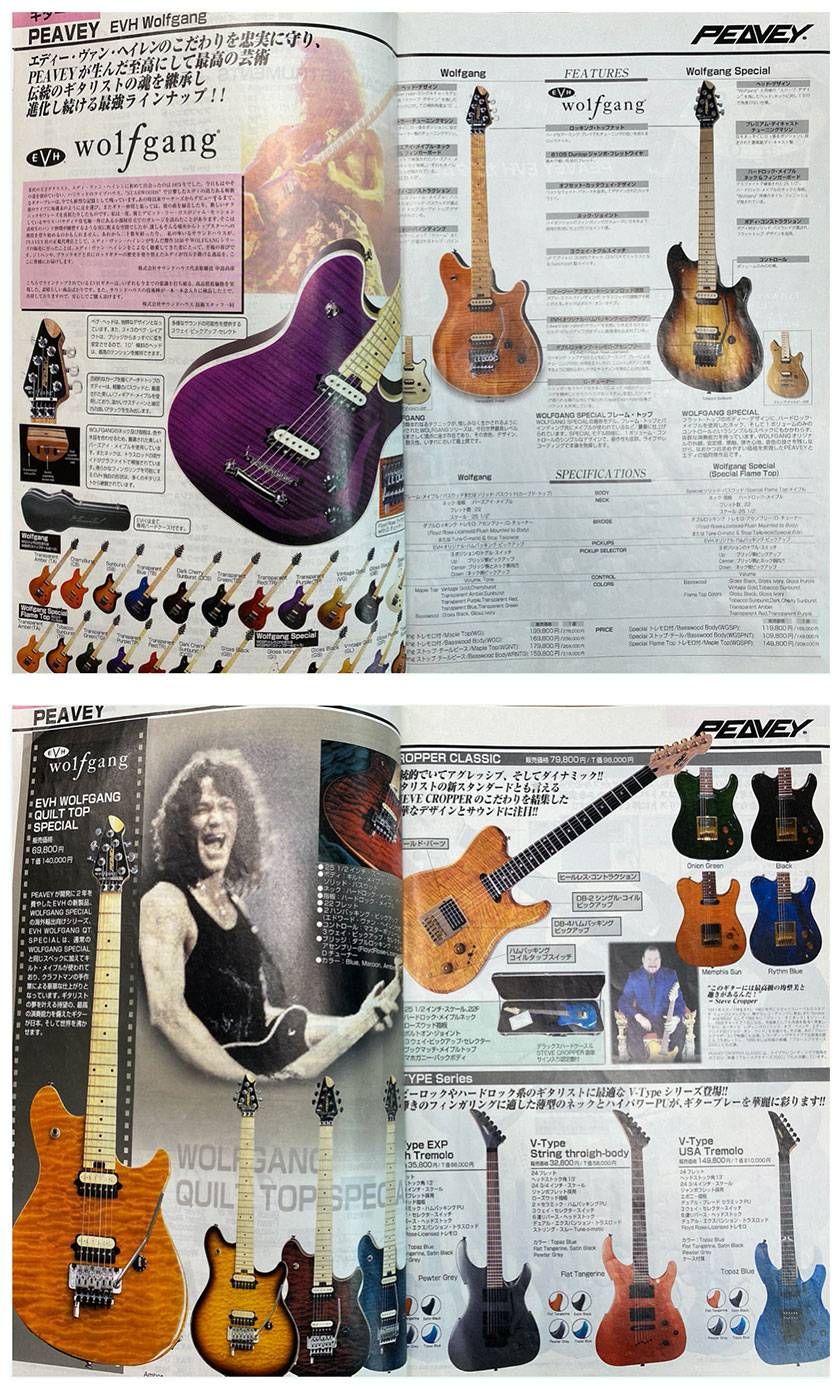
Sound House General Catalog "HOT MENU" 2004 Edition
However, even after I became the Peavey distributor, I wasn't easily able to meet Eddie. The situation had changed completely from the 1970s, and Eddie's private life was filled with challenges. In 2000, Eddie learned he had cancer and had to fight for it for two years. And his alcoholism worsened, so much so that he couldn't even play the guitar, and he seemed to console himself by playing the piano occasionally. It was at that point in 2003, when Eddie, who had overcome cancer, suddenly appeared at the NAMM Show, a music festival held every year in California. Of course, his destination was the booth of his sponsor, Peavey. Rumors that Eddie had suddenly appeared at the show spread throughout the venue, and there was a long line in front of the performance venue set up by Peavey to catch even a glimpse of Eddie's performance. However, the Peavey venue could only accommodate about 100 people even when standing. The rest of the audience could only watch the performance through the front glass!
At that time, as the representative of Peavey's distributor for Japan, I was watching everything from the meeting room set up on the second floor of the Peavey booth. And it had probably been 25 years since I last saw Eddie, so I was really looking forward to it. However, when I actually met him, he had the pale look of someone still recuperating from an illness, he hardly talked, and he was a completely different person. Also, at that time, it was still only a short time after the cancer had subsided, and he was still suffering from alcoholism which he had not yet beaten, he had not yet fully recovered physically, and the talk of regrouping with the old band members had been crushed. The band's singer, David Lee Roth, had resumed work with Sammy Hagar and others, leaving Eddie alone.
Eddie, who had come to the small venue with so much weighing him down, sat heavily on the edge of the stage and muttered. "I haven't played the guitar lately. I'm just playing the piano..." And when he picked up the guitar, his fingers didn't move much. Then he warmed up, starting by practicing a simple scale. Even so, as time went on, his sense of speed increased, and he was playing strong toward the end. This was the first and the last time I'd seen Eddie apparently not having practised at all. Immediately afterwards, in 2004, his contract was terminated due to a broken relationship with Peavey, and Eddie's guitar and amplifier manufacturing was transferred to another company. And the relationship between Eddie and myself ended there.
The lean, sickly Eddie regained energy in the 2010s! Many fans expected that his family environment would improve, that he would be freed from alcoholism, and that he would be active again in the future. And just as everyone was beginning to think that the energetic Eddie was back, we were thrown into confusion by this obituary. Eddie! You rewrote the history of guitar playing, influenced so many guitarists and your great contributions have fascinated so many fans... believing that your soul will live for eternity in Heaven, please watch over your many fans with a smile on your face!!!
